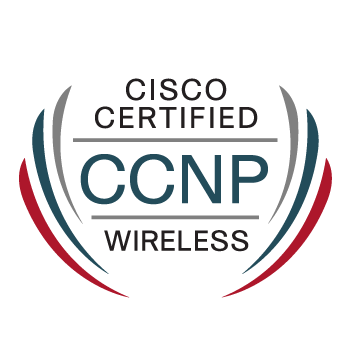- Cisco Community
- Technology and Support
- Security
- Network Security
- Re: Does cut through authentication protect access to an IIS ser
- Subscribe to RSS Feed
- Mark Topic as New
- Mark Topic as Read
- Float this Topic for Current User
- Bookmark
- Subscribe
- Mute
- Printer Friendly Page
- Mark as New
- Bookmark
- Subscribe
- Mute
- Subscribe to RSS Feed
- Permalink
- Report Inappropriate Content
12-06-2013 08:41 AM - edited 03-11-2019 08:14 PM
I have a customer who doesn't want to spend the money in purchasing SSL VPN licenses, so I began to wonder if I could protect access via cut through authentication? That would, as best as I can tell, force everyone to authenticate, even a hacker before he could do anything maliciously. Is this correct? This is a secure web server, so I also thought about using the clientless VPN - does anyone know if this is restricted to the default 2 users?
Thanks
Solved! Go to Solution.
- Labels:
-
NGFW Firewalls
Accepted Solutions
- Mark as New
- Bookmark
- Subscribe
- Mute
- Subscribe to RSS Feed
- Permalink
- Report Inappropriate Content
12-06-2013 11:02 AM
Hello,
Yes, I mean the ASA will authenticate each and all of the sessions you configure on the Cut-through proxy authentication bud.
if this is restricted to the default 2 users?
For what? Remote-access SSL?
Rate all of the helpful posts!!!
Regards,
Jcarvaja
Follow me on http://laguiadelnetworking.com
Senior Network Security and Core Specialist
CCIE #42930, 2xCCNP, JNCIP-SEC
- Mark as New
- Bookmark
- Subscribe
- Mute
- Subscribe to RSS Feed
- Permalink
- Report Inappropriate Content
12-06-2013 12:47 PM
IMO there is a *much* better solution then the Cut-Through-Proxy:
Install a reverse-proxy in a DMZ. There you terminate the HTTPS-session, authenticate the users and proxy the requests to your real server which sits in a different DMZ or even in the internal network.
Sent from Cisco Technical Support iPad App
- Mark as New
- Bookmark
- Subscribe
- Mute
- Subscribe to RSS Feed
- Permalink
- Report Inappropriate Content
12-06-2013 11:02 AM
Hello,
Yes, I mean the ASA will authenticate each and all of the sessions you configure on the Cut-through proxy authentication bud.
if this is restricted to the default 2 users?
For what? Remote-access SSL?
Rate all of the helpful posts!!!
Regards,
Jcarvaja
Follow me on http://laguiadelnetworking.com
Senior Network Security and Core Specialist
CCIE #42930, 2xCCNP, JNCIP-SEC
- Mark as New
- Bookmark
- Subscribe
- Mute
- Subscribe to RSS Feed
- Permalink
- Report Inappropriate Content
12-06-2013 12:47 PM
IMO there is a *much* better solution then the Cut-Through-Proxy:
Install a reverse-proxy in a DMZ. There you terminate the HTTPS-session, authenticate the users and proxy the requests to your real server which sits in a different DMZ or even in the internal network.
Sent from Cisco Technical Support iPad App
Discover and save your favorite ideas. Come back to expert answers, step-by-step guides, recent topics, and more.
New here? Get started with these tips. How to use Community New member guide


